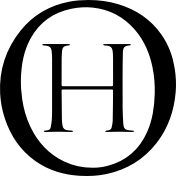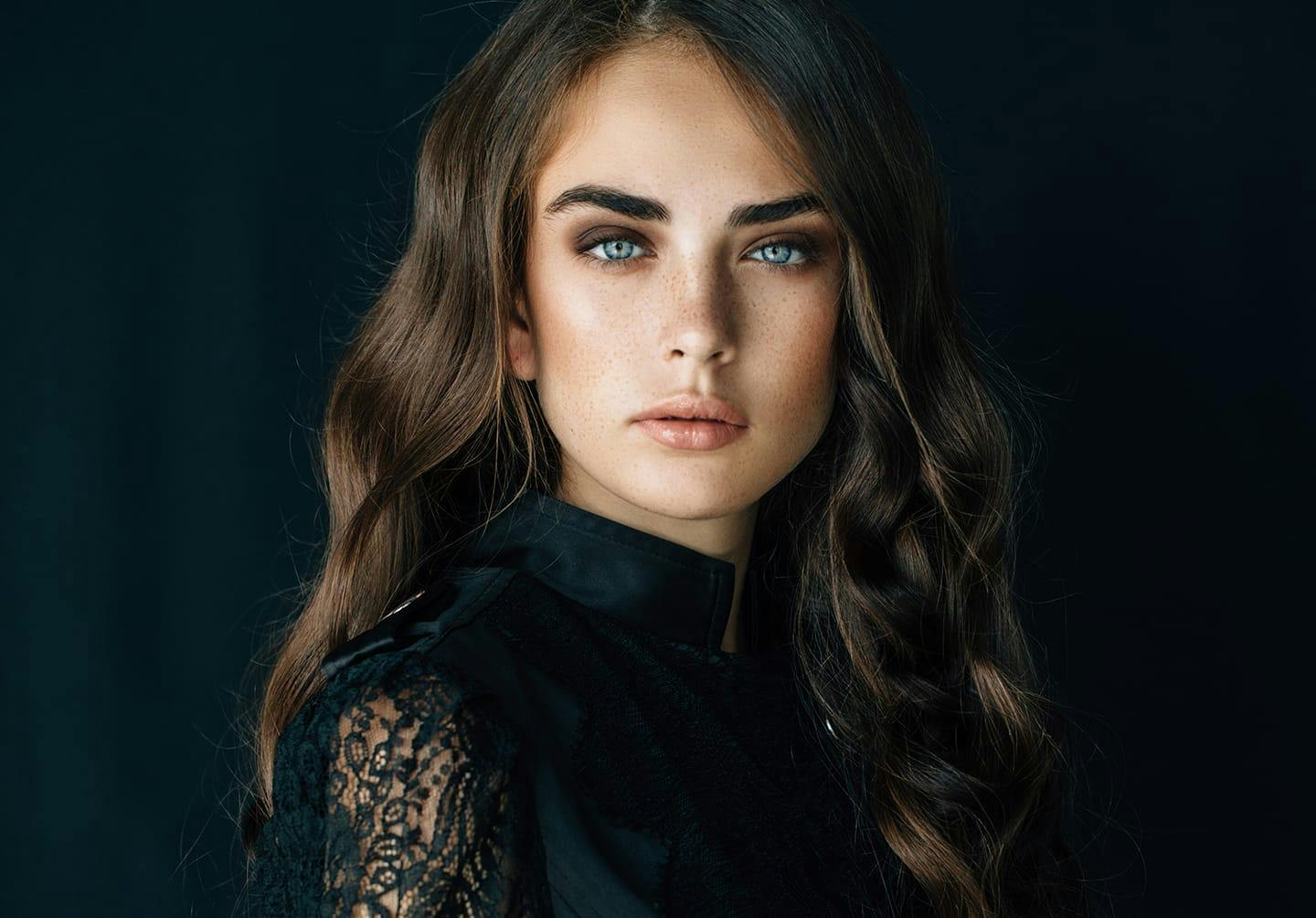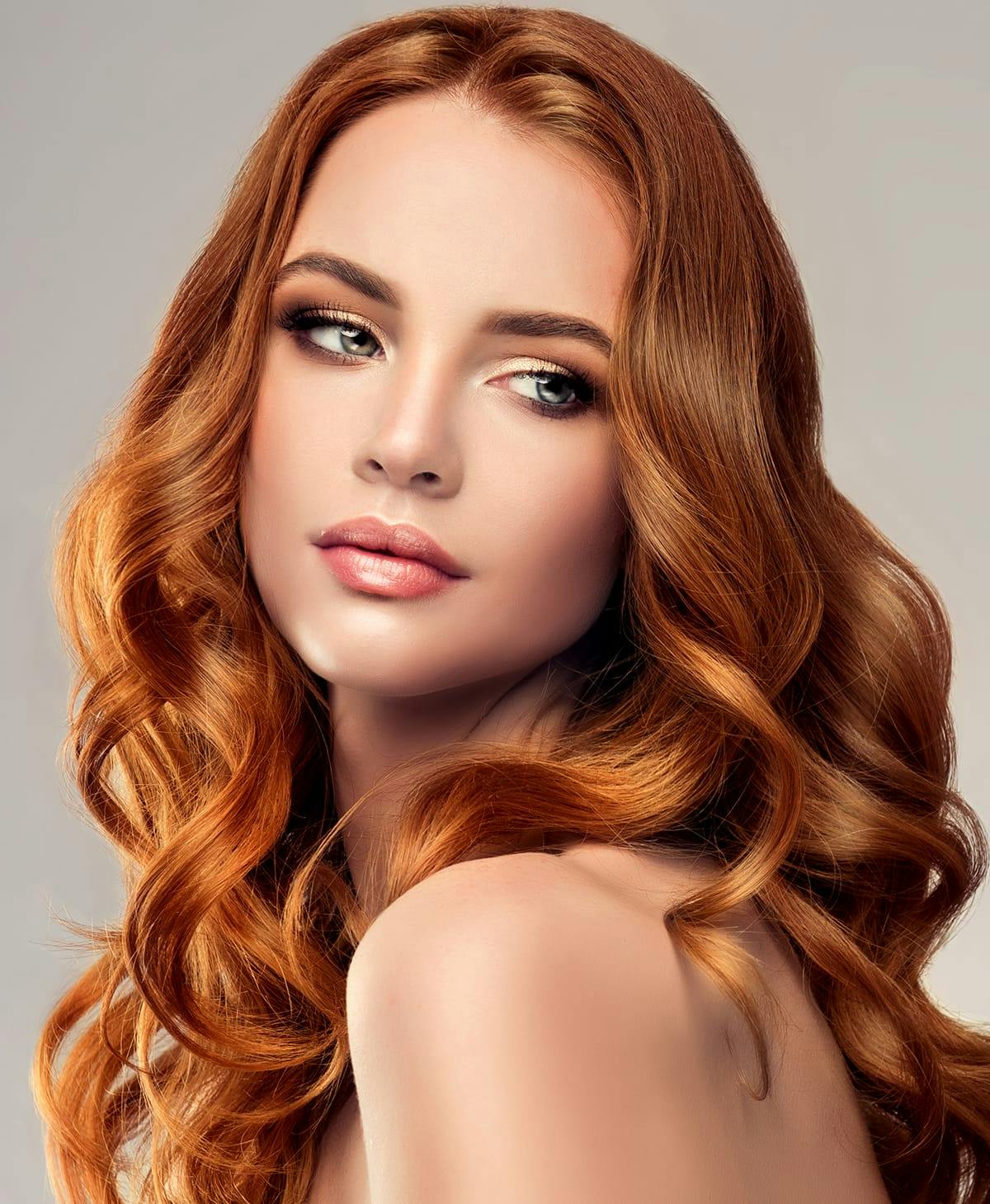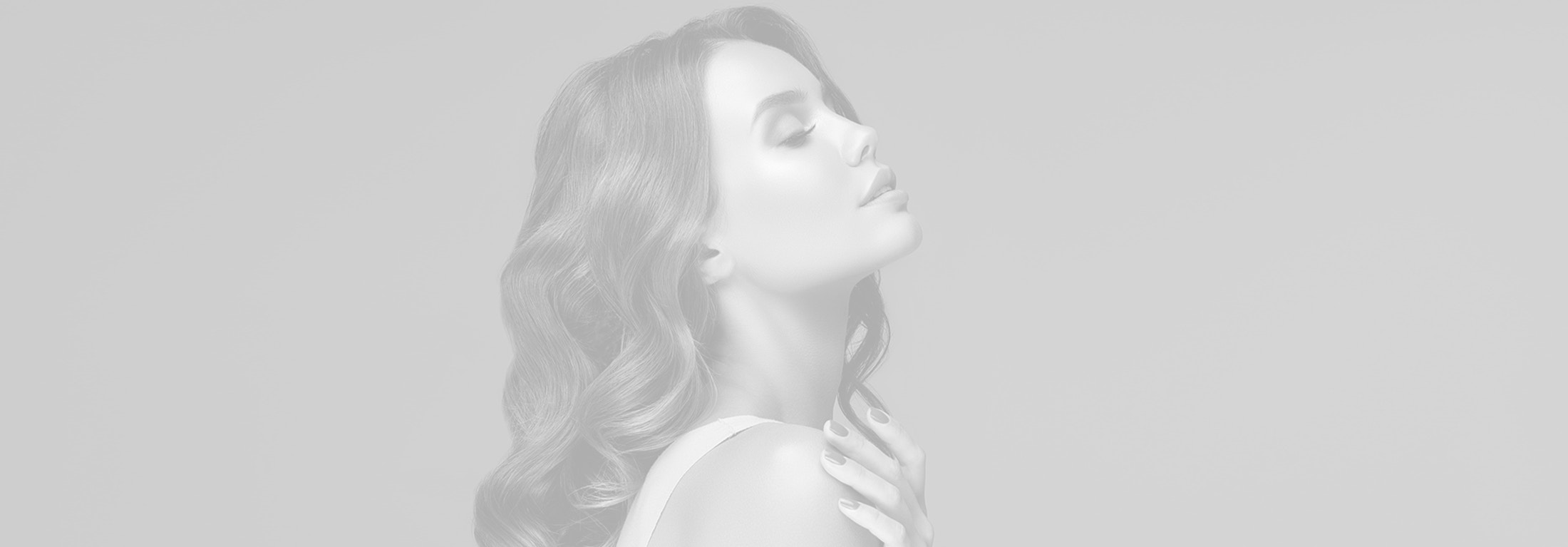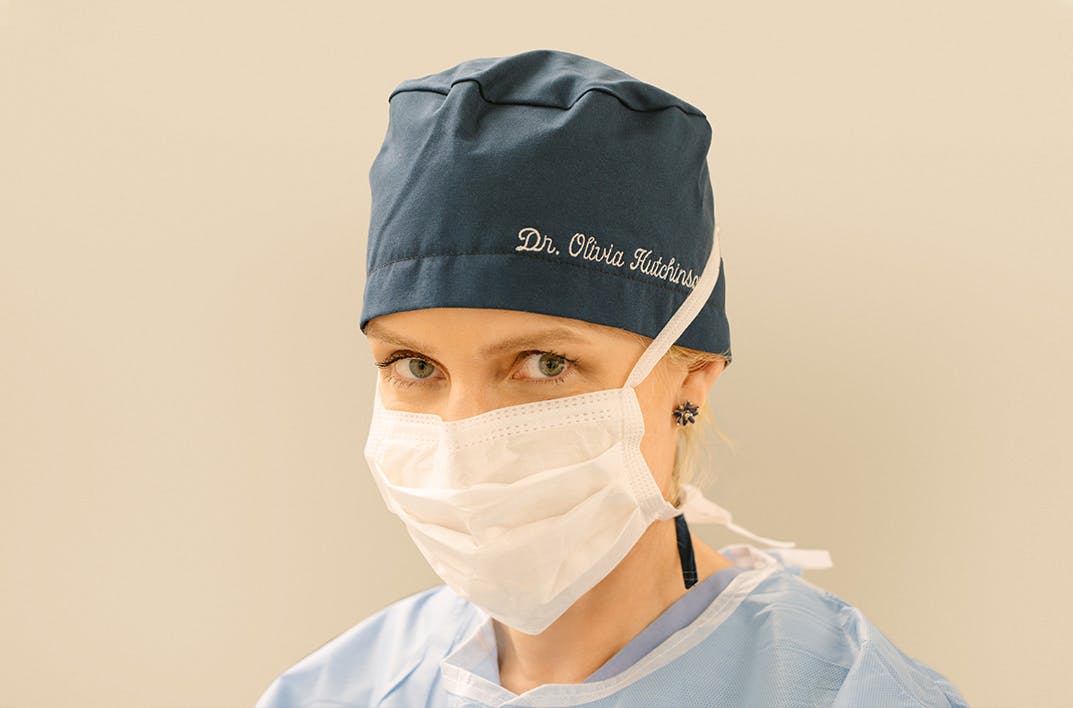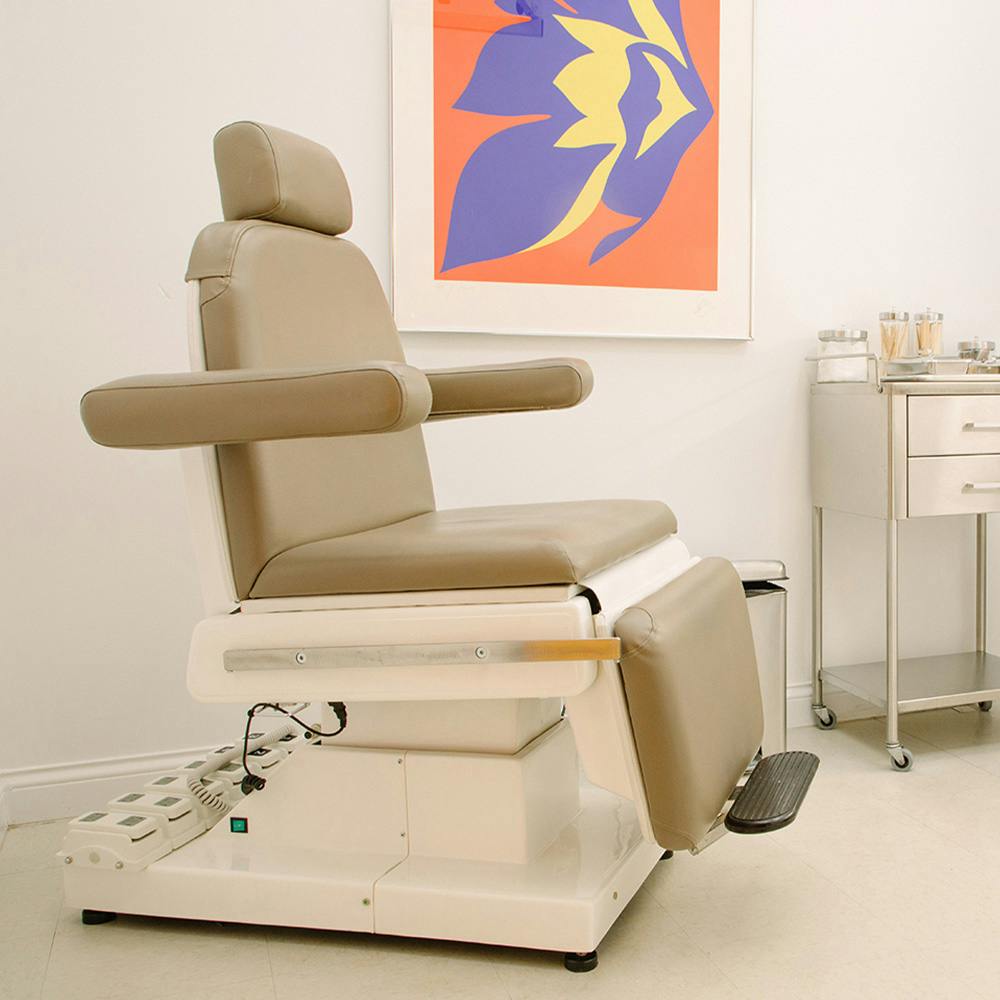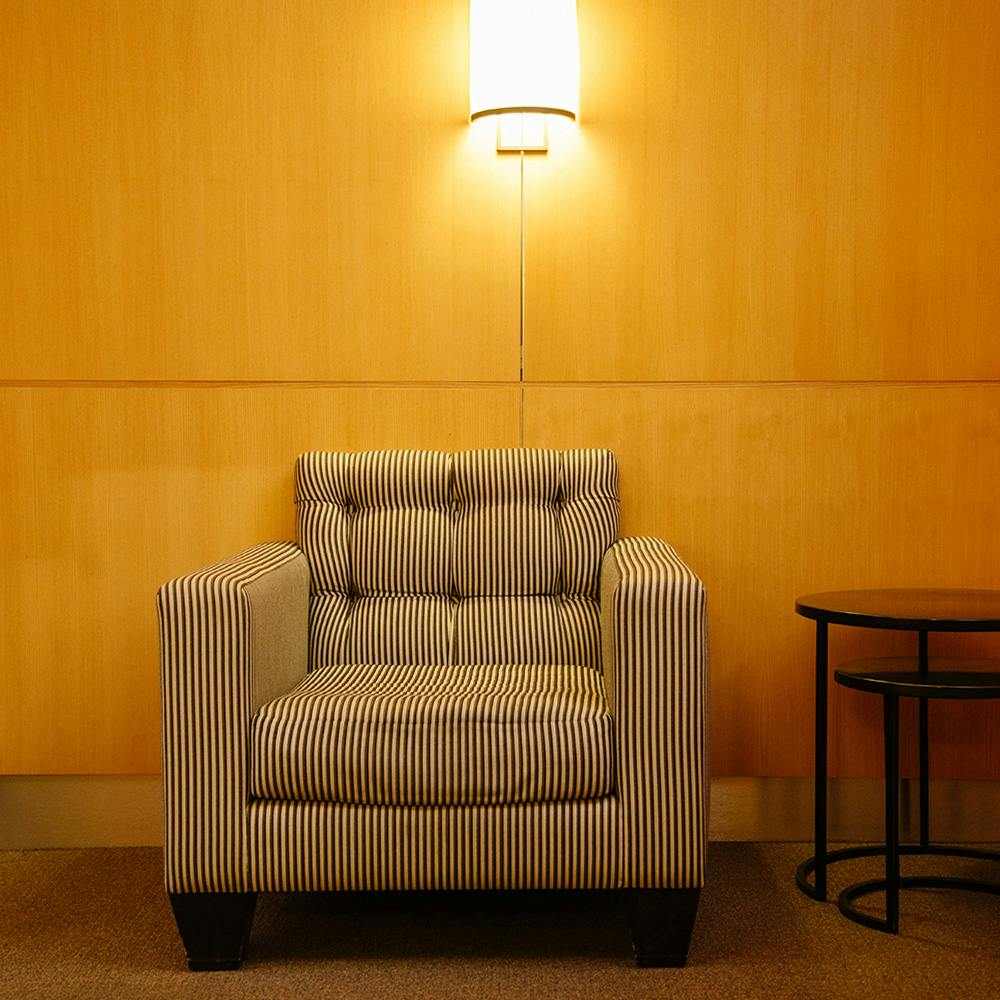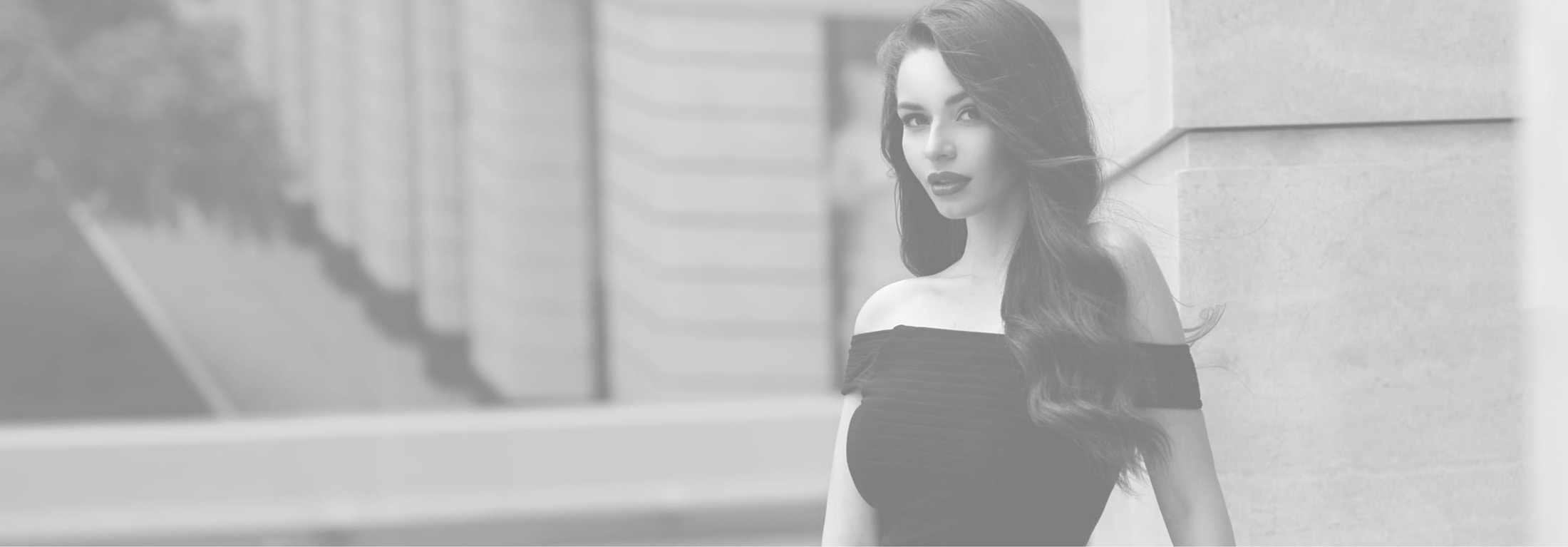Balance, harmony, and confidence begin at the center of your face. Dr. Olivia Hutchinson offers personalized rhinoplasty in New York to sculpt a natural-looking nose that enhances your overall appearance while preserving your unique character.
What Is Rhinoplasty?
As we age, the supporting structures of the nose—particularly cartilage and connective tissue—begin to weaken. The tip may droop, the nasal skin thickens or loses elasticity, and nasal asymmetries may become more pronounced. Rhinoplasty can reshape the nose while maintaining structural integrity. Commonly known as nose surgery or a “nose job,” this cosmetic and functional surgical procedure involves adjusting the nasal bones, cartilage, and soft tissue to improve facial balance, refine contours, or restore function. In some cases, rhinoplasty may be medically necessary. Structural issues such as a deviated septum, collapsed nasal valves, or post-traumatic deformities can obstruct airflow and lead to chronic breathing difficulties. When performed to correct these concerns, rhinoplasty enhances appearance and improves nasal function and overall quality of life.
